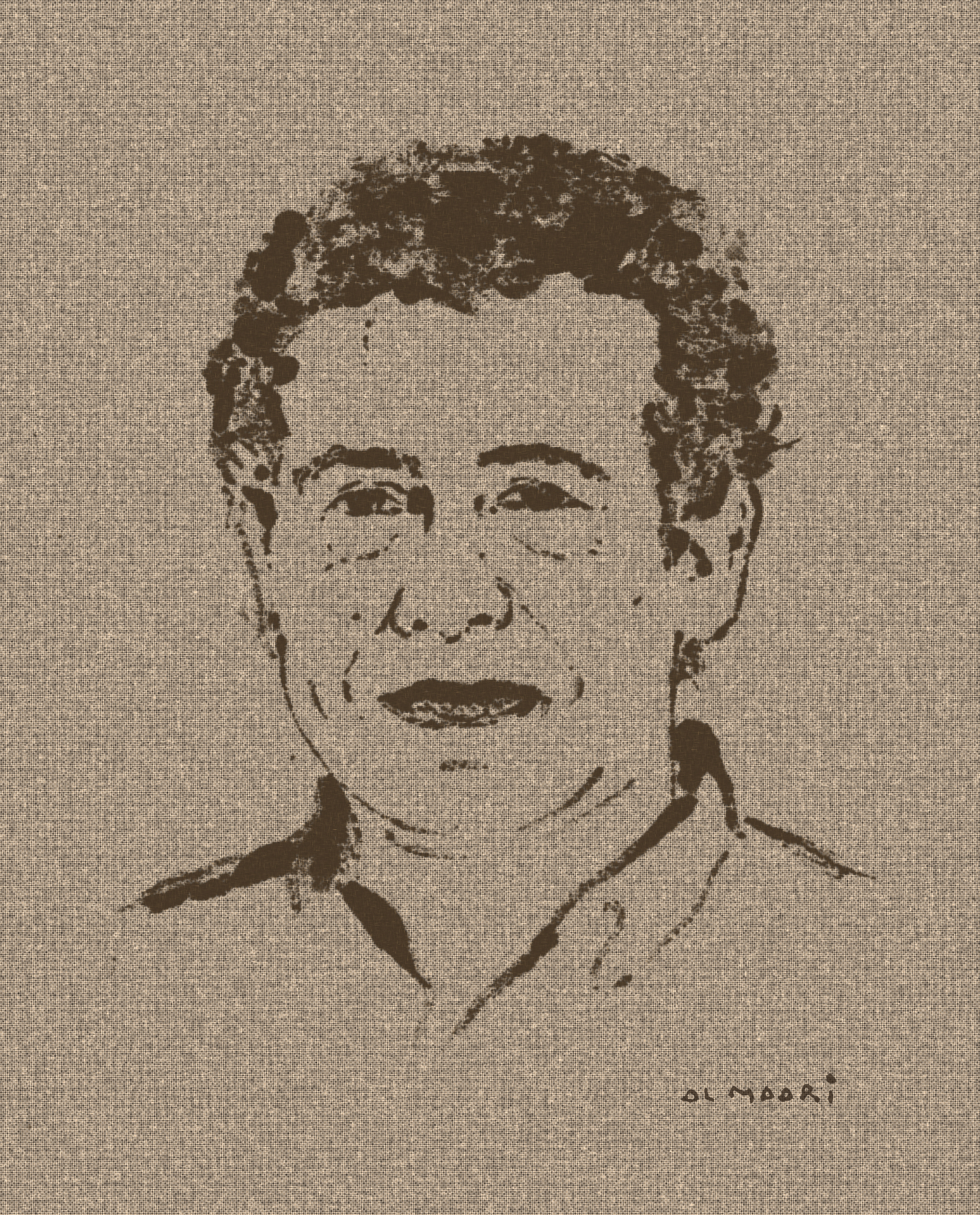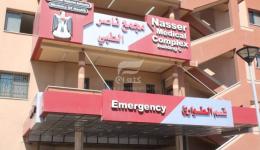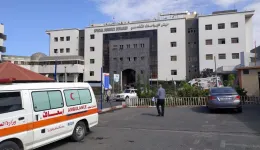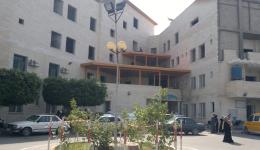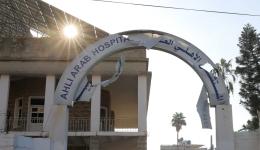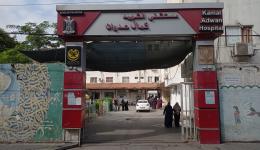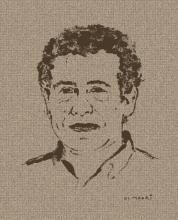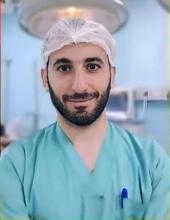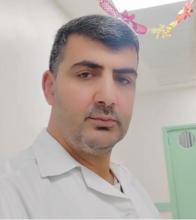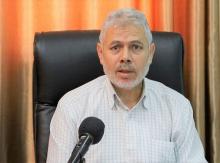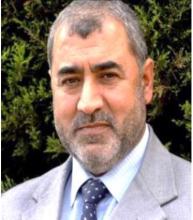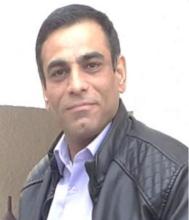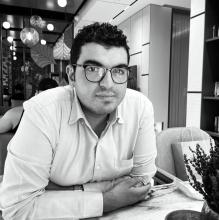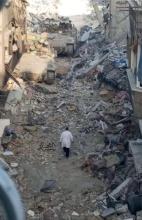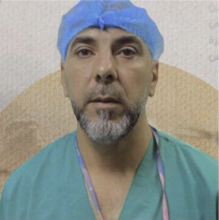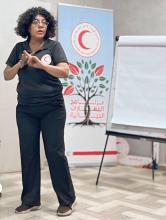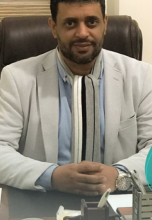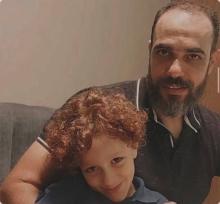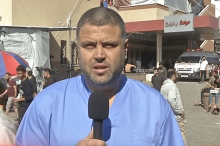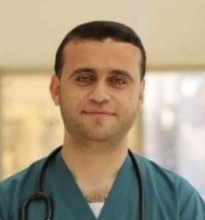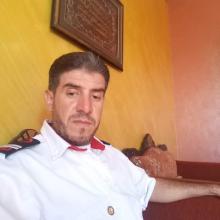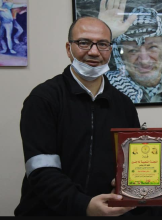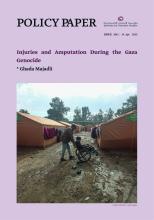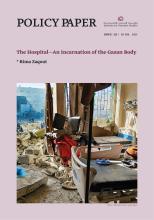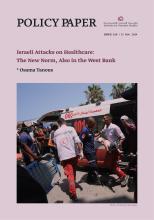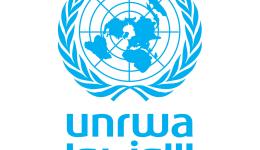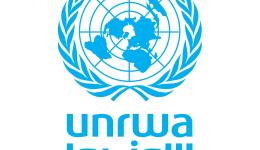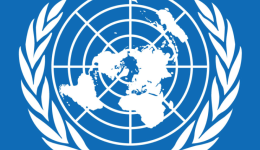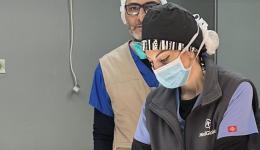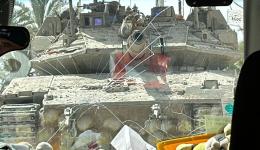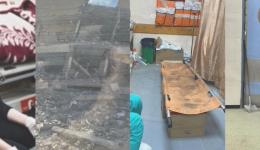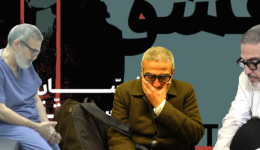The main targeting and assaults During the genocide
Occupation forces bombed the hospital and a nearby ambulance, causing severe damage and shattering all the windows of the complex's administration building.
Occupation forces targeted the perimeter of the hospital with heavy artillery shelling.
Occupation forces intensified the shelling in the vicinity of the hospital and increased the frequency of shooting, while occupation vehicles blocked the road leading to the hospital.
Occupation forces demolished the northern wall of the Nasser Hospital compound, and notified the hospital administration to evacuate displaced persons, patients, and medical staff. The occupation forces also opened fire at anyone trying to leave and evacuate at the hospital's gate and targeted schools in the surrounding area, leading to a fire that spread to the medical equipment warehouse and burned it completely, as well as the medical supplies warehouse which was burned by 80%. The hospital's administration was unable to transfer the martyrs to the mortuary due to the extreme danger of Israeli fire and the ongoing siege. Additionally, occupation forces targeted citizens inside the complex with sniper weapons, which resulted in the martyrdom of three people and the injury of 10 others, and the electricity generators in the complex stopped, which led to the martyrdom of a child.
Occupation forces forced thousands of displaced people and patients to leave the hospital at gunpoint and under heavy fire. About 190 staff members and 299 of their family members remained inside the compound, in addition to 273 immobile patients and 327 of their companions. Occupation forces also shelled the third floor of the hospital, injuring a doctor and shelled the orthopedic department, resulting in the martyrdom of a patient and several injuries. Additionally, the occupation forces prevented two missions from arriving, and the WHO lost contact with the staff at the hospital. Occupying forces also sent a handcuffed Palestinian detainee to deliver the occupying forces' threat to evacuate the compound, after which he was shot and martyred.
Occupation forces stormed the courtyard of the hospital after demolishing the southern wall, turning it into a military barracks, bulldozed its yards, fired at its medical departments, used dogs to terrorize displaced people and patients, and arrested a number of medical staff and displaced who fled the complex.
The occupation forces also targeted the ambulance headquarters and the tents of the displaced and bulldozed the mass graves in the medical complex. The Ministry of Health reported that the occupation forces ordered the hospital's management to move all patients to the old Nasser building inside the compound, as the hospital was facing shortages of food, water and baby milk, and forced medical staff to leave the patients. Israeli shelling caused damage to oxygen pumping pipes, destroyed two ambulances, and broke into the maternity building
Occupation forces withdrew from the interior of the hospital, while remaining stationed in the surrounding areas. Later in the day the forces re-entered the complex with four troop carriers.
Occupation forces announced the end of the military operation at the Nasser Hospital. It was reported that the bodies of about five martyrs were recovered near the compound.
Occupation forces targeted the hospital with artillery, leading to a fire breaking out at the outpatient department.
Occupation vehicles again made an incursion into the vicinity of hospital, as heavy shelling continued.
Occupation forces stormed Nasser Hospital again, arresting a number of health workers and displaced people. The occupation forces also targeted the vicinity of the hospital with airstrikes, and fired at displaced youths after ordering them to evacuate the compound.
After searching for mass graves for seven days, the Palestinian Civil Defense held a press conference announcing the discovery of new mass graves dug by the occupation forces. It also documented the excavation of mass graves that residents were forced to dig inside of the hospital compound before it was stormed during the siege. At the conference, it was announced that 392 bodies had been recovered, 165 of which were identified, and the remaining 227 bodies could not be identified because they had been mutilated by the occupation soldiers. Another 110 bodies were recovered outside the walls of the hospital.
ِAnd on May 8, 2024, The Gaza Media Office announced the discovery of three mass graves in the hospital.
لإhe WHO reported that it was cooperating with the staff of the Nasser hospital on the first phase of the rehabilitation of the compound. The emergency department, nine operating rooms, the intensive care unit, the maternity ward, the neonatal intensive care unit, and the outpatient department were reopened.
